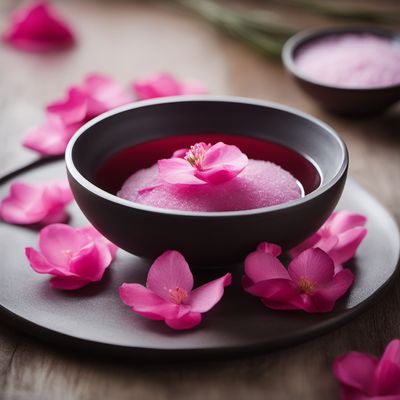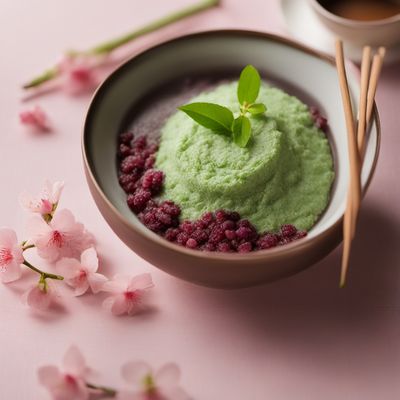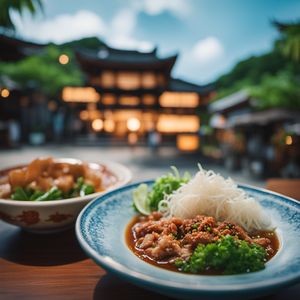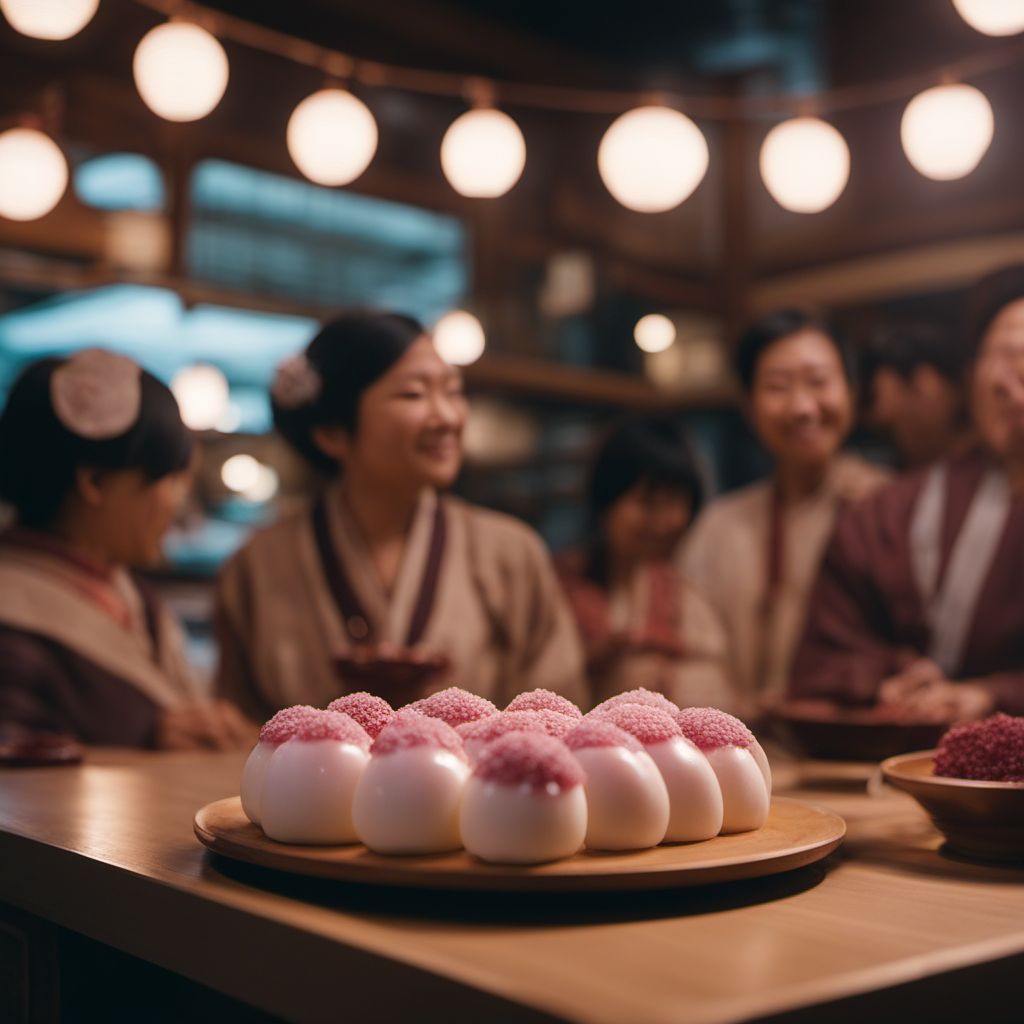
Dish
Hanabiramochi
Hanabiramochi is made by wrapping sweetened red bean paste in a thin layer of mochi, which is then dusted with kinako (roasted soybean flour) or katakuriko (potato starch). It has a soft, chewy texture and a sweet, nutty flavor.
Origins and history
Hanabiramochi originated in the Kansai region of Japan and is traditionally eaten during the spring season. It is said to represent the petals of cherry blossoms.
Dietary considerations
Suitable for gluten-free and vegan diets. May contain soy.
Variations
There are many variations of hanabiramochi, including ones filled with white bean paste or chestnut paste. Some recipes also call for adding matcha powder to the dough.
Presentation and garnishing
Hanabiramochi is typically served on a small plate or dish, and is often garnished with a small piece of fruit or a sprinkle of kinako or katakuriko. When making hanabiramochi, it is important to work quickly when shaping the mochi, as it can become too sticky if left out for too long. It is also important to use high-quality red bean paste, as this is the main flavor component of the sweet.
Tips & Tricks
Hanabiramochi is best enjoyed fresh, as the mochi can become hard and lose its texture over time. Store in an airtight container in the refrigerator for up to 3 days.
Side-dishes
Green tea is a traditional drink pairing for hanabiramochi.
Drink pairings
Green tea
Delicious Hanabiramochi recipes
More dishes from this category... Browse all »

Aamras
Indian cuisine

Aasmi
Indian cuisine

Agra petha
Indian cuisine

Aiyùbīng
Taiwanese cuisine

Ajdnek
Slovenian cuisine
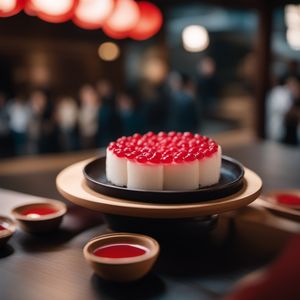
Akafuku
Japanese cuisine

Akanés
Greek cuisine
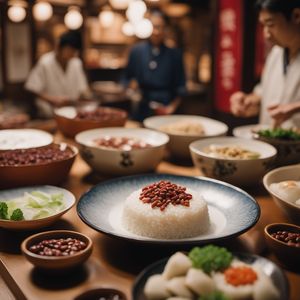
Akumaki
Japanese cuisine
